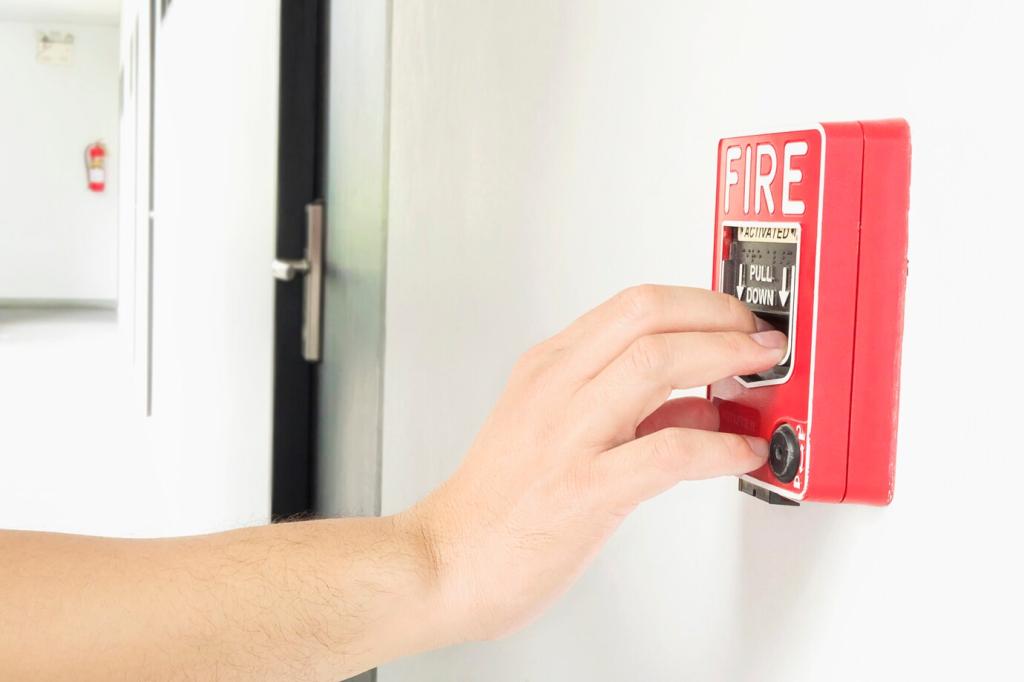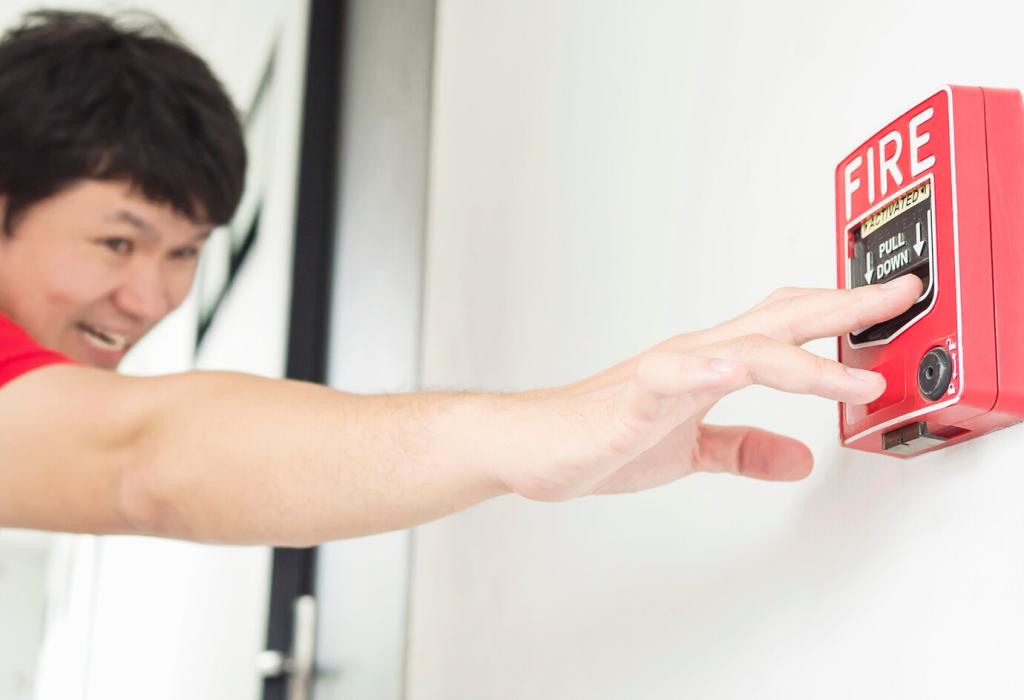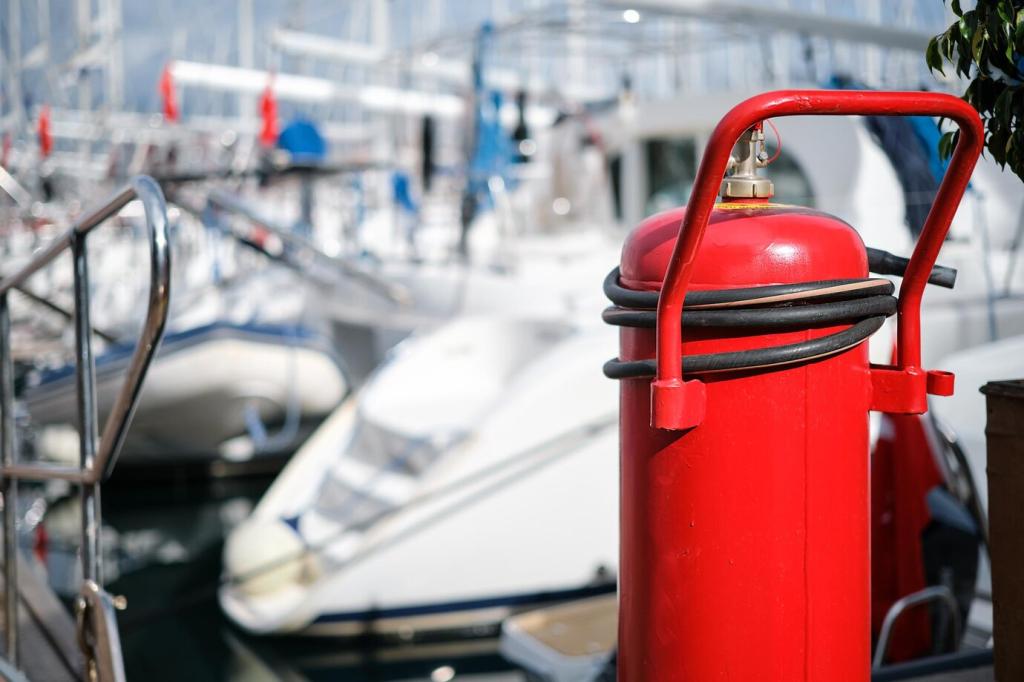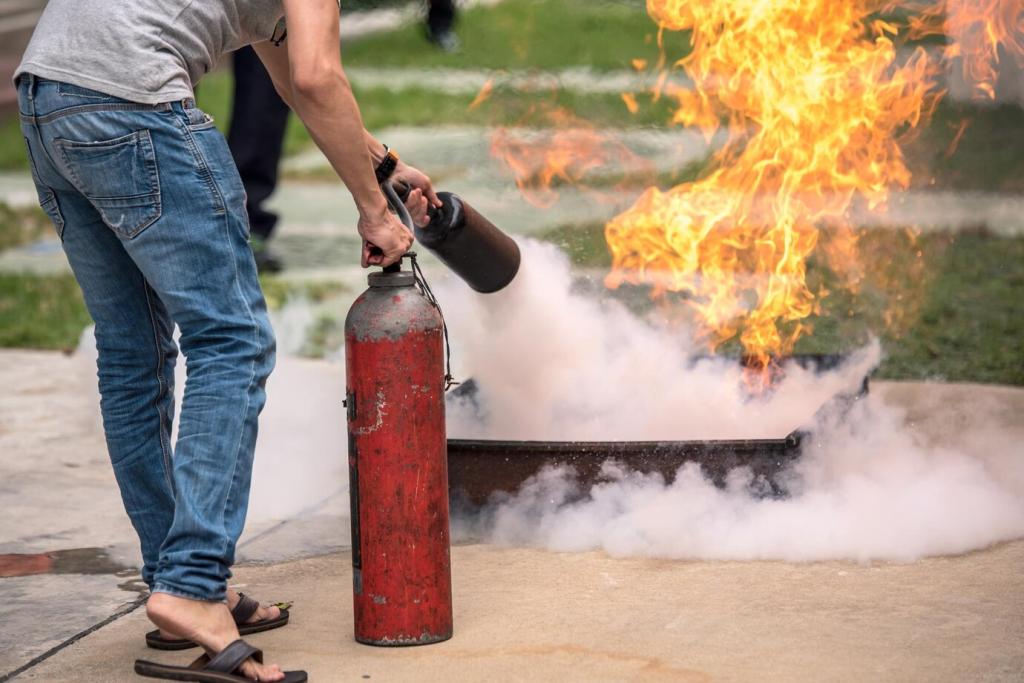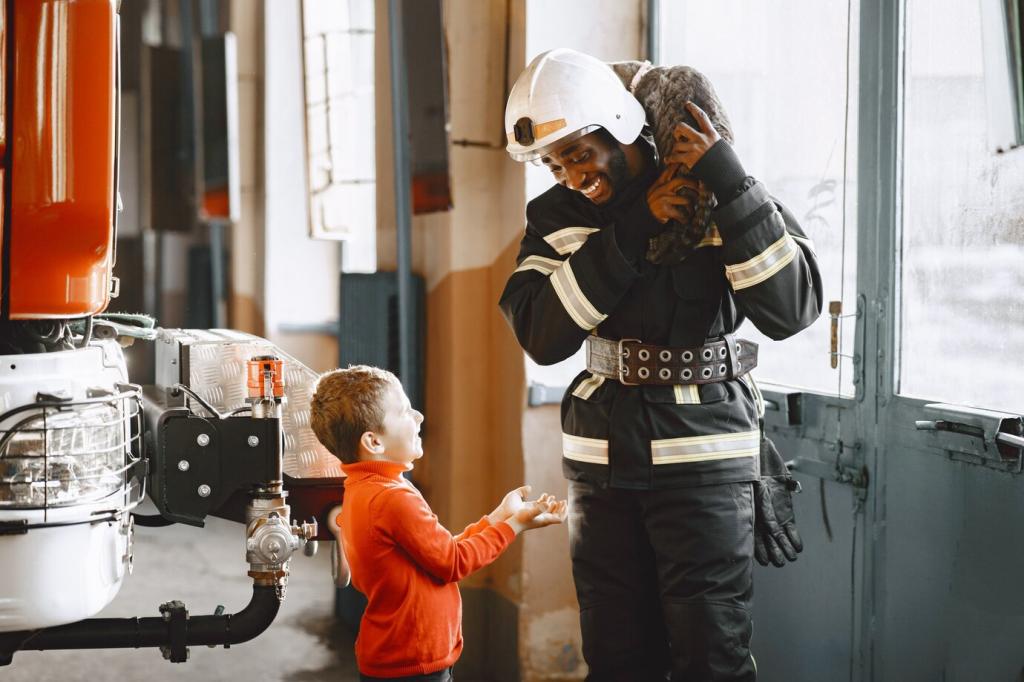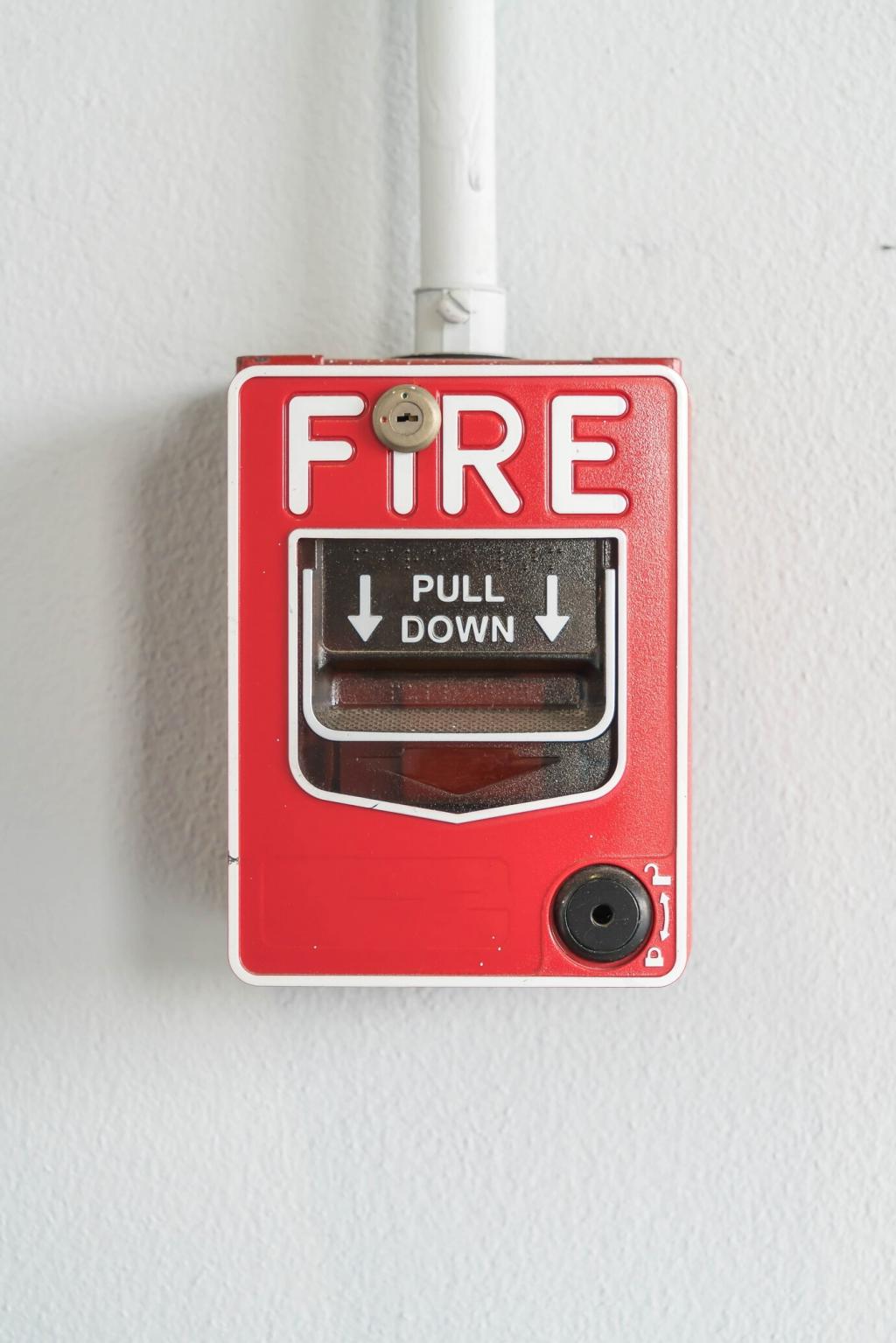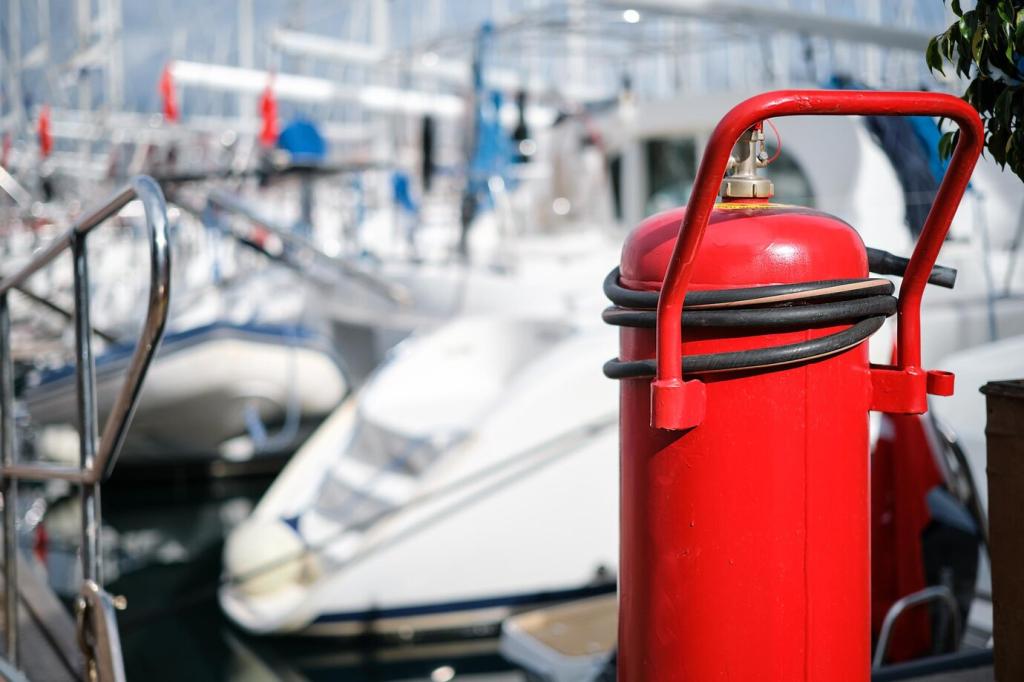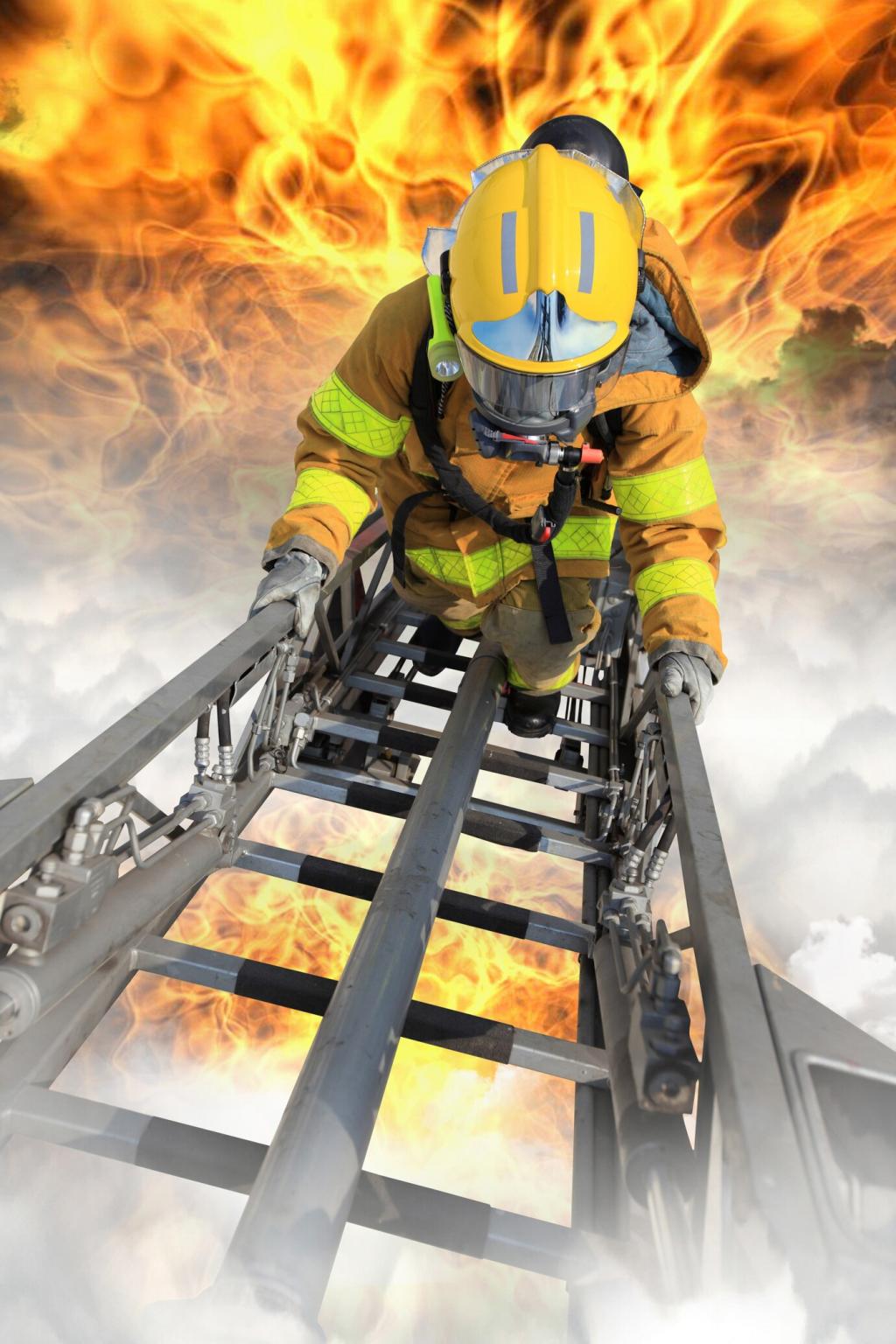Prioritization: Turning Analysis into Action
Plot frequency against consequence, but attach real thresholds: life safety impacts, evacuation constraints, and critical services. Clear criteria prevent political drift and give teams confidence when resources are tight and time is shorter.
Prioritization: Turning Analysis into Action
Compare mitigation options by expected risk reduction per dollar. Sometimes a modest shaded fuel break along an evacuation corridor beats a glamorous project deep in the watershed. Transparent math builds durable public support.

